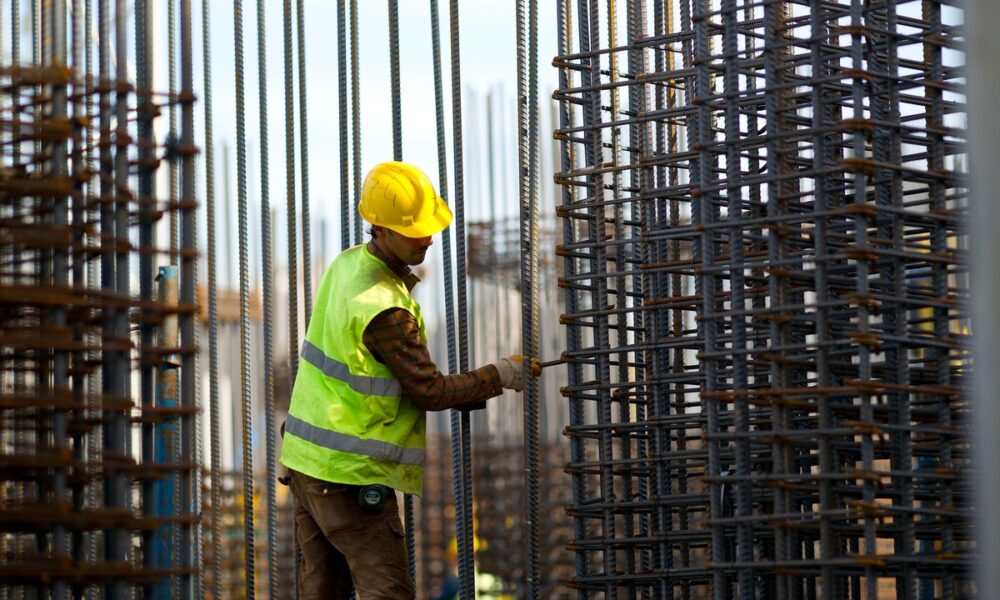Real Estate
From Concept to Completion: Organizing Metal Building Projects with Precision
Published
9 months agoon
By
Ahmad Seo
Key Takeaways:
- Understanding the critical considerations for metal building projects.
- Effective budgeting and timeline management strategies.
- Importance of choosing the right contractors and suppliers.
- Applying best practices for sustainability and long-term use.
Introduction to Metal Building Projects
Metal building projects present unique opportunities and challenges. These incredibly versatile structures offer solutions ranging from simple storage units to expansive commercial spaces. They have strong durability and robustness and are more economical than traditional construction techniques. SteelMaster Buildings has many reviews highlighting successful examples and potential pitfalls to avoid. Examining these reviews makes it clear that precise planning and informed decision-making are paramount to the success of metal building projects. Understanding how to navigate critical considerations effectively can streamline the project process, resulting in a functional and aesthetically pleasing structure that meets various needs. From the first stages of planning to the final touches, focusing carefully on each phase and putting in strategic effort is essential.
Key Considerations for Planning
When planning a metal building project, it’s essential to consider factors like location, purpose, and adherence to local building codes and regulations. These aspects not only influence the design and structural integrity of the building but also its longevity and usability.
Location and Environmental Considerations
The geographical location of your project can significantly dictate the materials and design elements chosen. For instance, reinforced structural components are essential to support the added weight in regions prone to heavy snowfall. Similarly, coastal areas need materials that resist corrosion from salt-laden air. Recognizing these environmental factors at the outset can save you from future headaches.
Moreover, considering your project’s environmental impact is increasingly critical. Engaging in sustainable practices benefits the planet and attracts a more environmentally aware customer base. Employing techniques such as site selection that favors minimal environmental disruption and choosing sustainable building materials can mitigate negative impacts and enhance the building’s value.
Budgeting and Timeline Management
Effective budgeting and timeline management are critical elements that help avoid cost overruns and project delays. A well-thought-out budget clearly explains all costs, from materials and labor to permits and contingencies. Similarly, a realistic timeline ensures that all project phases are given adequate time for completion, factoring in potential delays.
The Importance of a Detailed Budget
Developing a comprehensive budget is a fundamental aspect of project management. This budget must include all anticipated expenses and set aside money for unforeseen costs. Online resources offer invaluable insights into effective budgeting strategies that can help maintain your project’s financial health.
A comprehensive budget serves multiple purposes: it acts as a financial roadmap, helps secure financing, and sets realistic stakeholder expectations. Regularly updating and reviewing your budget helps identify potential cost-saving measures without compromising quality.
Creating a Realistic Timeline
Setting a realistic timeline involves thoroughly understanding the project scope and logistical challenges. Consider seasonal weather patterns, supplier lead times, and labor availability. Crafting a timeline incorporating these variables helps ensure the project stays on track. Resources can be handy for more tips on managing construction timelines.
Including buffer periods in your timeline to account for unexpected delays can prevent minor setbacks from becoming significant issues. Regular progress reviews and adjustments to the timeline as needed ensure that the project continues smoothly and on schedule.
Choosing the Right Contractors and Suppliers
The quality of your metal building project can significantly benefit from collaborating with reputable contractors and suppliers. These partnerships lay the groundwork for the durability and functionality of the final structure, ensuring that it meets or exceeds all initial specifications.
Factors to Consider
- Experience with similar projects.
- Reputation and reviews from previous clients.
- Quality of materials and adherence to deadlines.
Experience is critical—contractors and suppliers with a proven track record with similar projects are likelier to deliver satisfactory results. Reviewing feedback and comments from previous clients can provide insight into potential partners’ reliability and skill levels. Quality of materials should never be compromised, and ensuring timely delivery is essential to keep the project on schedule.
Sustainability and Long-Term Use
Sustainability is increasingly important in the construction industry. Implementing sustainable practices into your metal building project benefits the environment and enhances the building’s long-term usability and efficiency. Sustainable buildings are designed with a long-term perspective, aiming to reduce ongoing operational costs and environmental impact.
Implementing Sustainable Practices
From energy-efficient lighting systems to using recyclable building materials, numerous sustainable practices can be integrated into your metal building project. Keeping informed about the most recent trends and technologies in sustainable construction can result in advantages for the environment and finances. For example, incorporating renewable energy sources like solar panels can significantly reduce the building’s carbon footprint and lower utility costs over time.
Adopting sustainable construction practices aligns with broader global efforts to reduce environmental degradation. It is often rewarded through various green building certifications and incentives, adding both market value and social capital to your project.
Conclusion
Organizing a metal building project is a multifaceted endeavor that requires meticulous planning, effective budget management, and selecting the right partners. By thoroughly assessing these aspects and implementing top strategies, you can guarantee the success and longevity of your project. Diligently planning comprehensively and executing will yield a structure that stands the test of time and meets all your needs.